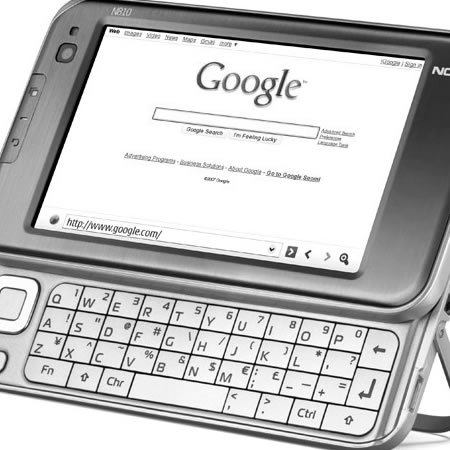So you want to be connected to the internet on the move? Or you need connectivity at a conference without wifi?
Yes you could get a 3G USB dongle or stick, but that only allows a single computer to connect.
What happens if you also want to connect your mobile device, a second laptop, what happens if there is more than one person and only one dongle?
In the past the solution I used was Joikuspot which was an application which ran on my Nokia N95 phone. It acted as a wireless access point, it connected to the internet via 3G and then shared that connection over the phone’s wifi connection with other devices. It was a very clever technology which made life easier for me. There were a few downsides, the main was battery life, it drained battery from the N95 really fast, so was only useful for an hour or two or when the phone was plugged into the mains. Of course this meant that I couldn’t use the N95 as a phone, as the battery would be drained. Another problem I had was with devices such as the Nokia N810 and Sony PSP which would not connect to the Joikuspot wireless network. The reason was a limitation in the Symbian software which meant that the phone acted in ad-hoc mode for wireless rather than infrastructure. The N810 and PSP had issues with connecting to an ad-hoc network. It did however work fine with the iPod touch which was how I mainly used it.
I was very interested to hear from Andy Ihnatko on MacBreak Weekly about the MiFi. A battery powered 3G wireless router. Using a 3G SIM it would connect to the internet and then allow up to five wireless clients to connect and share that 3G connection. With a four hour battery life, could be charged via USB and about the size of a credit card, it seemed ideal. Of course I didn’t expect to see it in the UK, probably only available in the US on Verizon or Sprint…

I did an internet search (as you do) and found it on sale at Expansys (without a contract). Ordered and delivered.
Using a SIM from a Vodafone 3G USB dongle it was very simple to set up and configure and I would recommend that you use the details from Ross Barkman’s excellent website on connection settings for GPRS/3G to save having to work out where the information is on your providers’ website.
You can configure it wirelessly, and the first things I did was rename the wireless network and add WPA2 security.
Once configured it is simply a matter of turning it on, waiting for it to connect and then connect your laptop (or other device) to the wireless network.
It works very well and felt faster than using the USB dongle!
One problem I have had is the MacBook Pro losing the wireless connection and being unable to re-connect with the result the only solution was to reboot the MiFi. I am now trying just WPA as I think it is a MacBook Pro wireless issue rather than a MiFi issue. Or it could be an issue with the fact I was on a train!
I do like the MiFi and it does what it says on the tin.
You can now get the MiFi from 3 on a contract or as PAYG. This is much “cheaper” than buying the unlocked MiFi, but of course you get less flexibility as a result.



 Posted by James Clay
Posted by James Clay 












